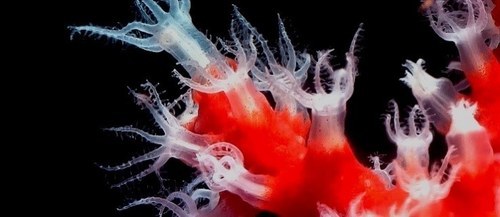Silvia Angelini - Maria Balsamo - Silvia Bianchelli - Carlo Cerrano - Stefano Goffredo - Lisa Locatello - Sarah Magozzi - Federica Semprucci - Daniele Scarponi - Trevor J. Willis

The oceans are a complex three-dimensional world that covers about 71% of the Earth's surface, hosting much of the planet's biodiversity and offering enormous potential for new discoveries in all fields of science.
Today we know that biodiversity is considerably higher than what has been recognized so far, especially in deep, remote and extreme marine ecosystems and that new species are waiting to be discovered. Furthermore, the structure and functioning of marine ecosystems are much more complex than previously described and the growing diffusion of anthropogenic impacts requires continually redesigning the complex interactions of trophic networks. Trophic, competitive and cooperative interactions delineate the traits of marine communities and only a detailed knowledge of the actors building this network can guarantee adequate protection measures and limit the alarming rate of loss of biodiversity on a global scale.
We are documenting impressive rates of biodiversity loss on the planet. Rapid growth in the human population suggests that the demand for food or energy will increase rapidly, causing further pressure on the oceans. The rapid loss of biodiversity in the oceans is linked to the degradation of habitats, the inability to dispose of plastic and other waste, the increase in CO2 and oceanic acidification, the increase in temperature and the spread of non-indigenous invasive species.
The conservation of biodiversity has been recognized as the main tool we have to guarantee the functioning, efficiency and, therefore, the supply of ecosystem services in the medium and long term. At the same time, there is an awareness that monitoring and conservation alone may be insufficient to reverse the pervasive degradation of ecosystems and habitats. Ecosystem restoration actions are possible if scientifically oriented, although actual applications require a deeper understanding of the resilience and recovery rates of species, communities and habitats. These efforts are essential to identify the most effective protection and restoration activities to maintain the ecosystem goods and services provided by marine ecosystems.
European legislation (for example, Habitats Directive and Marine Strategy, Natura 2000 Network), forms the backbone of the European strategy to deal with the loss of biodiversity and the legal basis of the nature protection network, on which new solutions must be based for sustainable development.